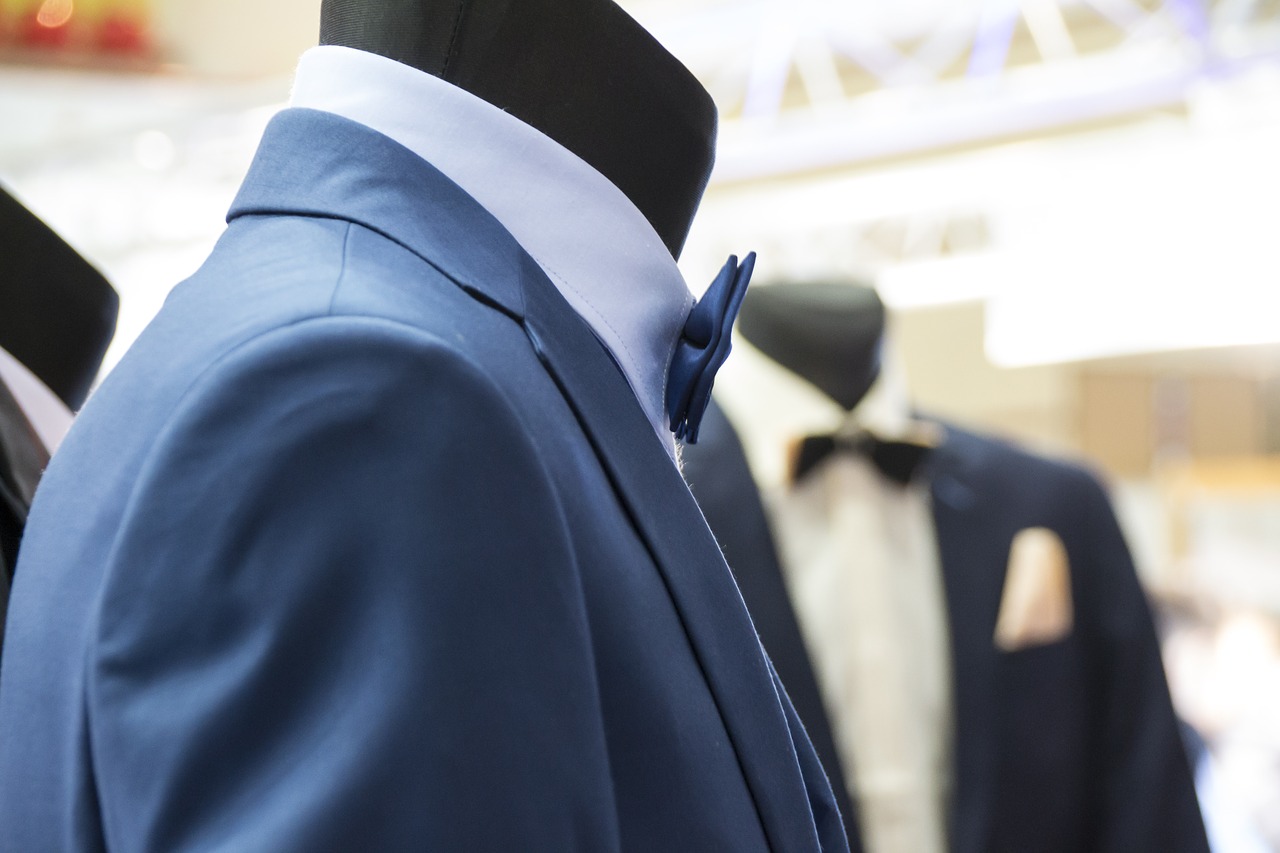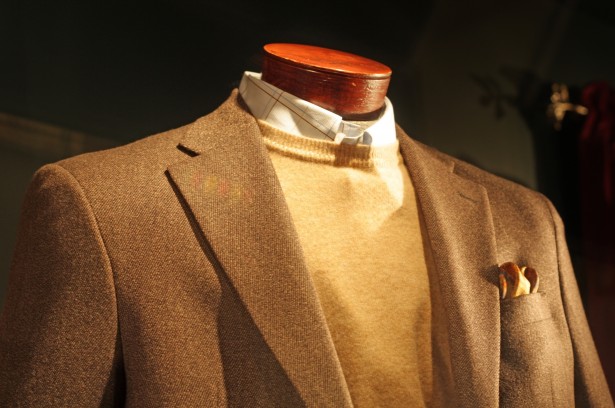During the 1880s and 1890s, Jeremiah G. Hickey (1866–1960) was a bookkeeper for Wile, Brickner & Wile, then the largest manufacturer of men’s clothing in Rochester. His close friend Jacob L. Freeman (died 1925) was a private contractor of the firm. Together with fellow Wile, Brickner & Wile employees Thomas Mahon and George A. Brayer, they formed Hickey, Freeman, & Mahon Co. in 1899. Their plan was to bring high-quality hand-tailoring to men from coast to coast. As they envisioned it, a Hickey Freeman suit would be a testament to both the delicate artistry of hand-craftsmanship and the steady consistency of modern technology.
Elegant fabrics have been washed in the mountain streams of the Biella region of Northern Italy, which has given them an exquisite softness. The Hickey Freeman team stays in close contact with the most prestigious weavers in Italy and the United Kingdom, working with these mills to make sure that all fabrics are developed to Hickey Freeman’s exclusive and exacting specifications.

Shoulder sleeves are cut with a gentle forward curve to conform to the natural curve of your shoulders, while the sleeves echo the bend of your arm. Craftsmen hand-fit the shoulder pad to the armhole to ensure a perfect shape. The construction of the jacket makes it soft, supple, and sculpted for a long life of supreme performance—just place the suit on a hanger and wrinkles will disappear.
The jacket has been hand-pressed and hand-stitched at the company’s Temple to Fine Tailoring in Rochester, New York. All of these details create an American suit that looks and feels superior. That quality is evident in the way the suit feels on your shoulders, along your arms, and at your fingertips.
Think of it as sartorial mastery matched with high-tech ingenuity: Hickey Freeman suits are cut using today’s state-of-the-art methods, and yet they uphold the standards of the world’s most revered bespoke tailors.
According to mdumasandsons.com; en.wikipedia.org. Source of photos: internet








